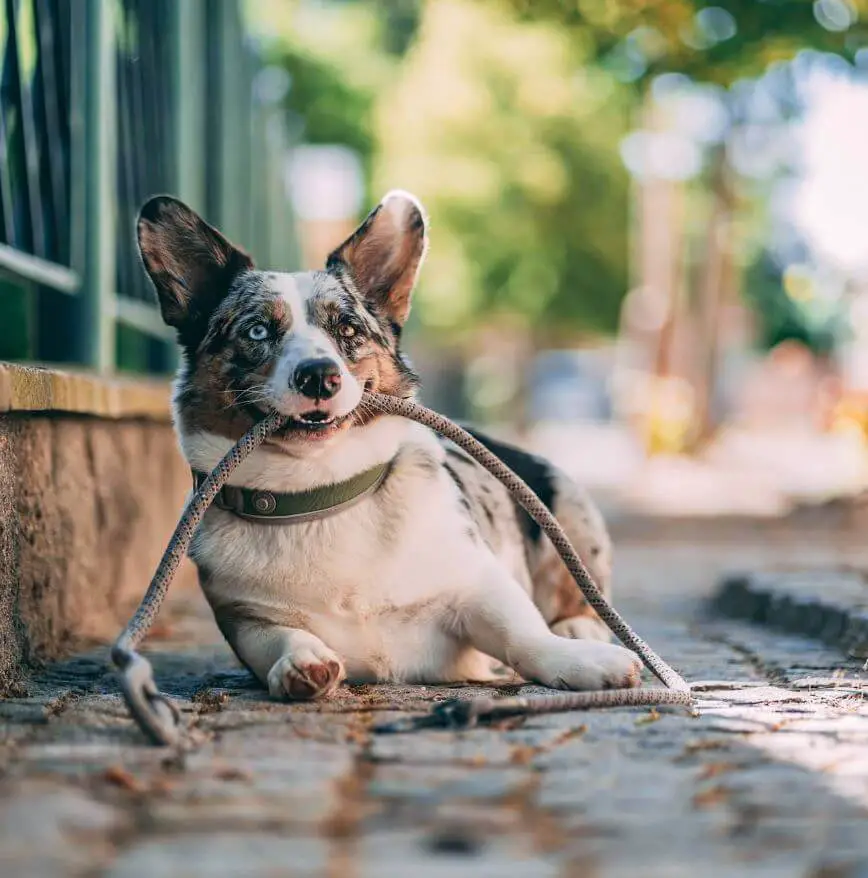Dogs, like humans, can experience a range of allergies, and food allergies are more common than one might think. If your furry friend is showing signs of allergies, understanding the intricacies of food allergies is crucial for their well-being. In this comprehensive guide, we’ll delve into the world of food allergies in dogs, exploring symptoms, common allergens, and steps to manage and prevent allergic reactions.

What Are Food Allergies in Dogs?
Food allergies in dogs occur when a dog’s immune system reacts adversely to certain ingredients in their diet. Unlike food intolerances, which involve difficulty digesting specific substances, food allergies involve an immune system response that can lead to a variety of symptoms.
Common Symptoms of Food Allergies in Dogs:
- Itchy Skin: Persistent itching, scratching, or chewing, especially around the paws, face, ears, or belly.
- Gastrointestinal Issues: Diarrhea, vomiting, flatulence, or changes in stool consistency.
- Ear Infections: Recurrent ear infections, often accompanied by redness, swelling, or discharge.
- Skin Infections: Secondary skin infections resulting from constant scratching.
- Chronic Anal Gland Issues: Scooting or excessive licking of the anal area due to discomfort.

Common Allergens in Dog Food:
- Proteins: Beef, chicken, lamb, and fish are common protein allergens.
- Grains: Wheat, corn, soy, and other grains can trigger allergies.
- Dairy: Milk and other dairy products may cause allergic reactions.
- Additives and Preservatives: Artificial additives and preservatives can be problematic for some dogs.
Managing and Preventing Food Allergies:
- Limited-Ingredient Diets: Transitioning to limited-ingredient or hypoallergenic diets can help identify and eliminate allergens.
- Novel Protein Sources: Opt for novel protein sources like venison or duck to reduce the risk of allergies.
- Consulting with a Veterinarian: Seek guidance from a veterinarian to determine the best elimination diet or specialized food for your dog.
- Food Trials: Conducting food trials under the supervision of a vet to pinpoint specific allergens.
- Reading Labels: Scrutinize dog food labels and choose high-quality, allergy-friendly options.
When to See a Vet:
- If you notice persistent symptoms of food allergies.
- If your dog’s condition worsens despite dietary changes.
- If you suspect a severe allergic reaction, such as difficulty breathing or facial swelling.

Understanding and addressing food allergies in dogs is essential for their overall health and happiness. By being attentive to symptoms, choosing the right diet, and seeking professional guidance when needed, you can manage and prevent food allergies in your beloved canine companion. A healthy and well-balanced diet tailored to your dog’s specific needs can make a significant difference in their quality of life.
